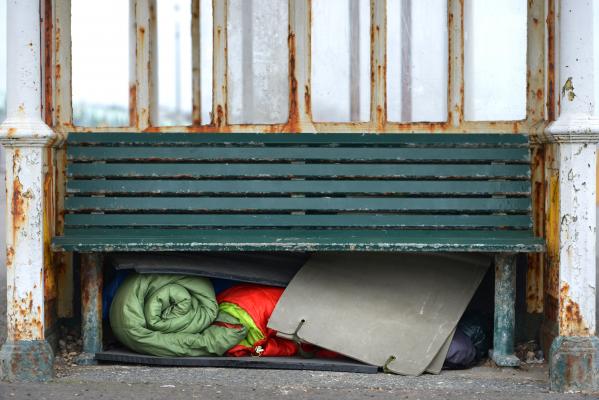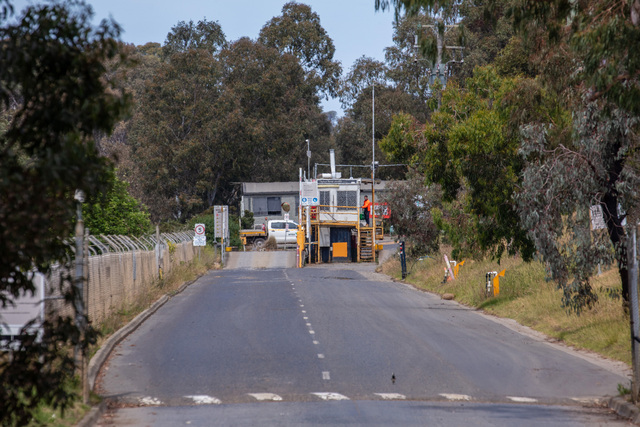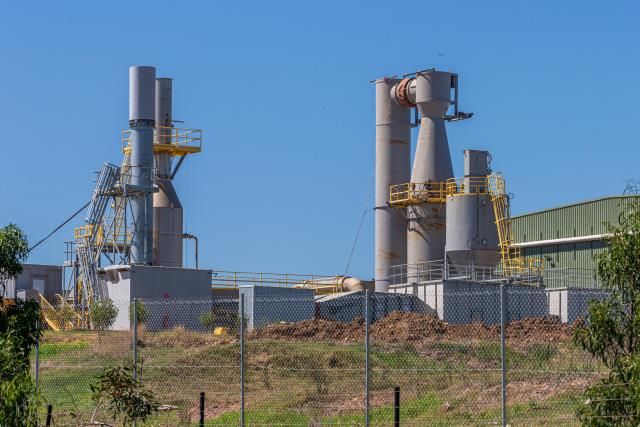This Homelessness Week, the City of Casey is taking steps to address homelessness as the number of homeless men, women and children grows in suburban areas.
Casey is among 13 eastern and south eastern municipalities uniting to address homelessness with a best practice guide, the Housing First for People Sleeping Rough Practice Guide for Local Government.
The municipalities include Bayside Council, the City of Casey, City of Cardinia, Frankston City Council, City of Greater Dandenong, Knox City Council, City of Kingston, Manningham City Council, City of Monash, Maroondah City Council, Mornington Peninsula Shire, City of Whitehorse, and Yarra Ranges Council.
More than 116,000 Australians and almost 25,000 Victorians were homeless on any given night pre-Covid-19 according to the 2016 Census, including 7490 across the 13 municipalities and 1285 in Casey.
Casey council staff have since noticed more people experiencing homelessness in the suburbs.
The 13 eastern and south eastern Council CEOs formed the Regional Local Government Homelessness and Social Housing Charter Group in late 2019 to end homelessness and advocate for more social housing.
The 2016 Census found 32 per cent of Victorians without a home lived in this region.
Led by Monash CEO Dr Andi Diamond and endorsed by all 13 CEOs, the Charter Group Councils recognise the growing need for suburban and local government advocacy for our most vulnerable through improved supports and more permanent and safe housing.
Housing First for People Sleeping Rough Practice Guide for Local Government acknowledges that homelessness is a complex issue requiring a triage of support including mental health, but the first step needs to be providing a safe and secure home.
The councils’ mayors have also offered their support.
The guide follows initial research that the City of Monash commissioned through the Council to Homeless Persons: Making a difference – effective local government responses to homelessness.
It found councils were well placed to address homelessness as by-laws officers, parks staff or contractors often interacted with people sleeping rough on public land and facilities.
Often out of concern, local businesses and residents are also likely to contact Councils’ customer service staff to report people experiencing homelessness.
The resulting Regional Local Government Homelessness and Social Housing Charter (Charter) was endorsed by the 13 Charter Group councils, the Eastern Region Group of Councils and Eastern Affordable Housing Alliance.
It aims to address the urgent need for more social housing and a more effective, integrated and supported homelessness service system. The charter’s four principles include:
• Human rights and ‘Housing First’. Through this:
• Housing is a human right for every person.
• Local government can influence an increase in social housing in our region
• Participating councils commit to working with the homelessness sector on a Housing First response.
The guide outlines the problem and possible solutions based on current best practice.
It draws on evidence-based research about the value of social housing across the local government sector and communities, with an emphasis on the ‘Housing First’ model.
Housing First is based on consumer choice, harm minimisation, human rights and collaboration. It relies on adequate housing supply and coordinated support services. Any council can use the guide to reflect, better understand the Housing First model and see how others approach the issue.
City of Casey chair of administrators Noelene Duff said the councils sought systemic change to improve supply of permanent, safe, appropriate and timely housing for those who needed it, and to embed Housing First as a key foundation principle.
She said the collaboration enabled benchmarking, shared ideas and the development of best practice protocols, resources, sector networks, community education and advocacy for more social housing.
She also welcomed the recent $5.3 billion Victorian Government investment in social housing.
“Homelessness continues to be a growing concern, one that will not abate without intervention and one that has intensified during Covid,” Ms Duff said.
“Councils can advocate for meaningful change and are well placed to do so as providers of essential services. It is a responsibility that all Councils share and we will continue to work collectively towards a solution in creating safe housing for all.”
The guide encourages a whole of council approach to homelessness based on human rights, including everyone’s right to a safe and affordable home, while protecting public places and spaces.
Council also facilitates the City of Casey Homelessness and Social Inclusion Network, bringing together key agencies across the region to drive collaborative responses to homelessness and social disadvantage.
In partnership with Cardinia Shire Council, Casey supports the yearly delivery of the Casey Cardinia Housing and Homelessness Summit, which brings together local agencies, community members with lived experience of homelessness, and key government partners to design solutions and advocate for local needs.







